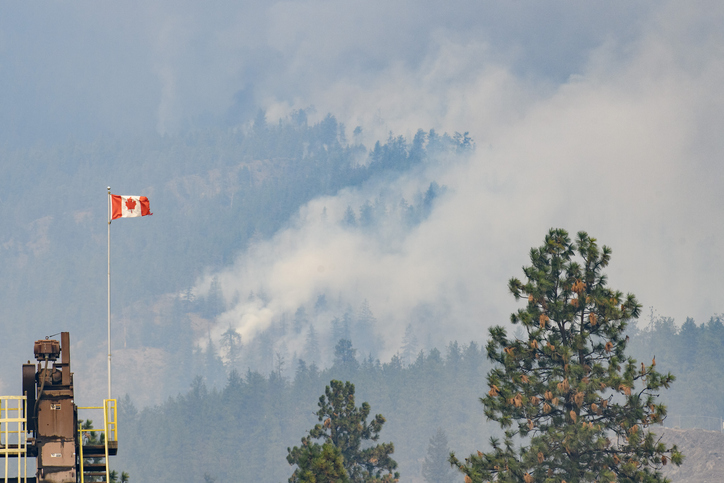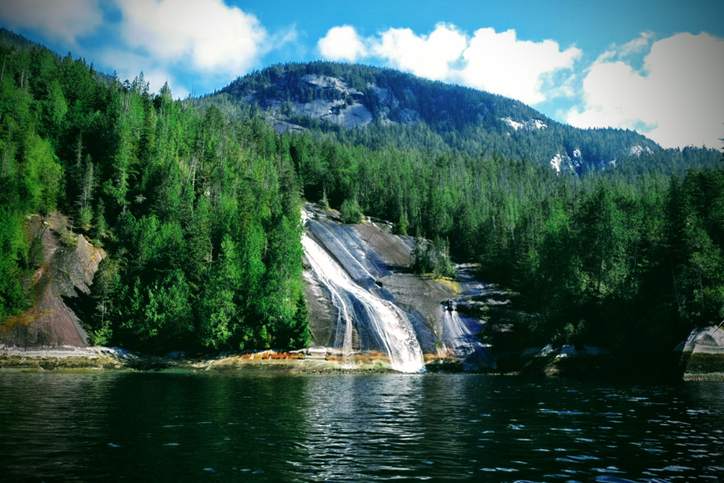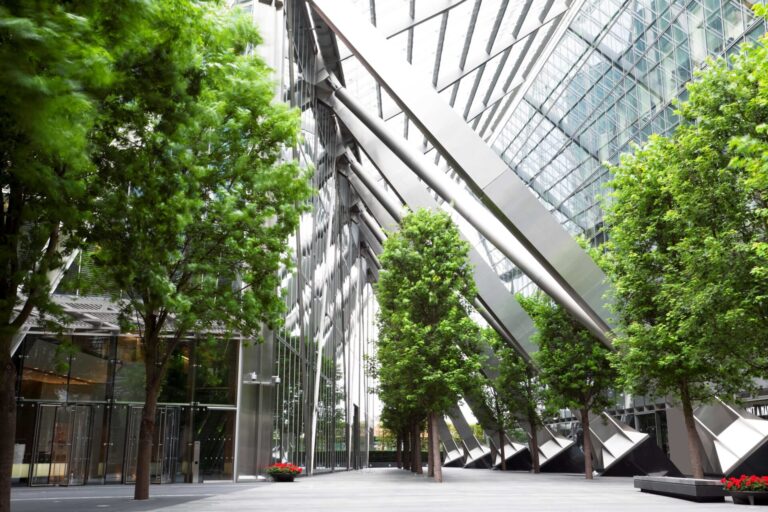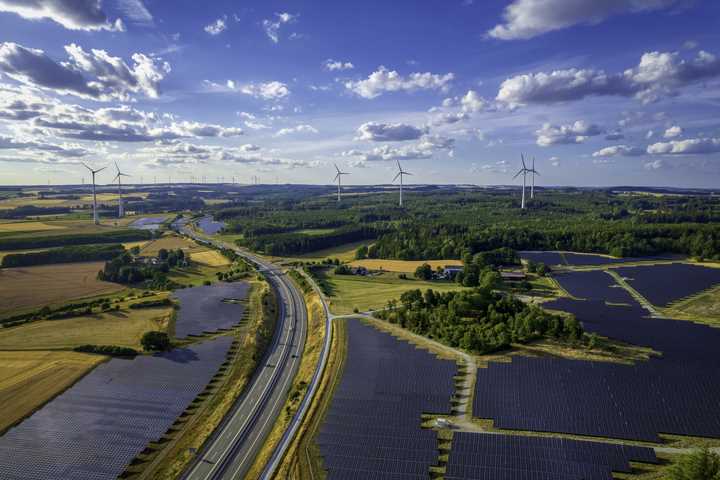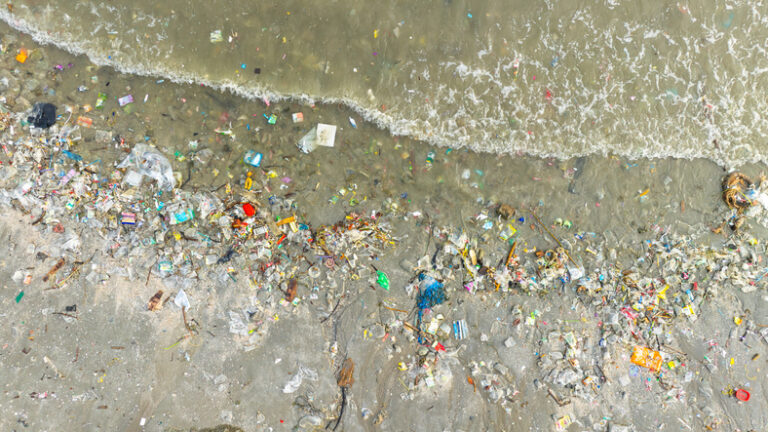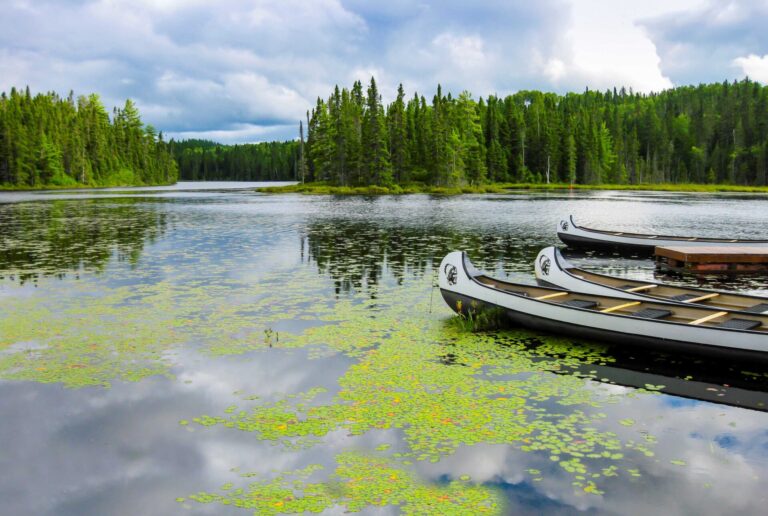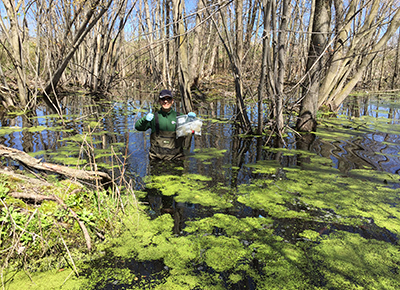Wednesday, September 3, 2025
By Mark Douglas Wessel
It was the first time Canada came out with a higher ranking than the United States. And yet, not a cause for celebration.
When IQ Air released its sixth annual World Quality Air Report in the spring of 2024, it was noted for the first time in the report’s history that Canada surpassed the U.S. in regional pollution rankings.
An inauspicious achievement brought about as the report states “by extensive wildfires raging from May to October, burning an area roughly half the size of Germany.” During the month of May alone, the average particulate matter (PM) 2.5 levels in Alberta surged almost ninefold compared to the same period in 2022.
What makes the numbers compiled by the Swiss technology firm so relevant? “Because we’re not a government agency, we don’t subtract episodes,” explains North American CEO Gloria Dolphin Hammes, so “we are able to properly reflect what people are breathing within their cities.”
By episodes, Hammes is referring to “air quality episodes” – a way of describing such environmental disruptors as wildfires and fireworks “that are considered events outside the control of an air quality district, so they’re actually subtracted from their reports.”
Perhaps that explains why the Government of Canada’s website proclaims that “the country’s air quality has improved significantly over the last decades as our air pollution emissions continue to mainly decline.”
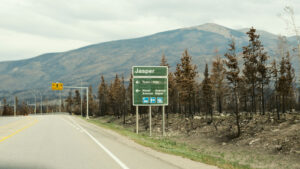
When there’s something in the air
In 2023, Canada’s wildfires season was the most destructive ever recorded, with more than 6,000 fires torching 15 million hectares of land and for periods of time, negatively affecting air quality across the country as well as much of the United States.
If there is a grey lining to all of this, it’s that by virtue of the fact smoke from those fires came to the doorstep of millions of Canadians, the average citizen in this country now has a greater appreciation of how polluted air affects quality of life and overall health.
Contrast that with past perceptions that Derek Webb, president and CEO of cleantech engineering company Biorem perfectly describes. “With air you don’t see most particulates, so you don’t see what’s harmful.” As a consequence, he feels that air quality in the past hasn’t always received the same attention as other sources of pollution. Underscoring that observation, he offers that “if a river is red and you see fish floating in it, you (immediately) know you’ve got a problem.”
Of course now we Canadians, along with our counterparts in the U.S. in the wake of the recent California wildfires, are finally beginning to appreciate just how devasting wildfires and air pollution can be.
Measuring what’s in your backyard
The starting point for both identifying and flagging air pollution whether seen or unseen, is to monitor and measure air quality on an ongoing basis at the local level, which here in Canada is now being done both through public and private means.
Established in 1969 to measure the quality of outdoor air, Canada’s National Air Pollution Surveillance Program has 286 sites in 203 communities across the country. Stations that continuously monitor not just particulate matter, but sulphur dioxide, nitrogen dioxide, ozone and carbon monoxide.
And over the past eight years, IQ Air has worked in tandem with a mix of government partners, private companies and concerned citizens to set up what now exceeds 1,200 monitoring stations in over 300 cities focussed primarily on the measurement of PM 2.5 air pollution.
Apart from the ongoing expansion of this real time, public and private air quality early warning system, innovative remote sensing technologies have also been developed to measure pollutants as well, thanks to the likes of Dr. Ke Du with the University of Calgary.
In the course of his research of black carbon, haze and other air quality issues tied less to fires and more to rapid urbanization, Du has developed a digital photography solution as well as techniques that harnesses LIDAR technology (Light Detection and Ranging) to measure the opacity of PM plumes from industrial sources. Making it easier to monitor and report air quality compliance for local officials.
Getting to the source of the problem
There is a fundamental difference between being on guard for air quality challenges caused by distant fires and those coming from local sources. In the short term, not much can be done in response to those fires, other than creating an air quality alert and banning wood burning when there are high concentrations of PM 2.5. — or in the case of forward-thinking cities like Montreal, banning the use of wood burning stoves and fireplaces altogether unless they meet stringent emission requirements. Whereas municipal officials, residents and businesses can work together to address air pollution stemming from local sources ranging from vehicular traffic to manufacturing and other industries such as oil and gas.
And that’s where companies like Biorem, based near Guelph, Ontario come in. Apart from the increasing incidence of wildfires, yet another trend affecting air quality at the local level notes Webb is that “the more urbanized we get and the denser those conditions are, the bigger the potential for issues between people and industry.”
One example he cites is when an operation such as automotive manufacturing is being done in an urban setting not far from residential neighbourhoods. The type of operation where “you’re painting those fenders on the assembly line… with some really nasty cancer-causing compounds like aromatics, benzene, ethyl benzene, toluene (being produced),” if vented outside. In a worst-case scenario, because some of these toxic substances are heavier than air there’s the potential for what he calls problem valleys and chemical reactions can cause smog and haze.
To cut such scenarios off at the pass, whether on behalf of the manufacturer or at the behest of the city or town where the facility is located, Webb says Biorem’s team goes in and does a whole plant assessment. “We identify all of the potential emission sources… rank by priority and then come up with appropriate containment and treatment systems.”
Industries Biorem works with include wastewater and water treatment plants, manufacturers, companies involved in the chemical and petrochemical sectors and municipalities in North America. The latter includes working with local officials to address potential VOC and ammonia emissions from solid waste facilities.
For green bin programs in cities such as Toronto “you have organics that will either be composted to create a soil amendment or increasingly there’s more value to anaerobically digest those organics and create biogas or methane,” Webb observes. “And then that methane can be used to run generators, or it can be upgraded to be used for vehicles and for your home, for heating… so we’re part of that whole ecosystem where we are dealing with the emissions from each of the stages of treatment.”
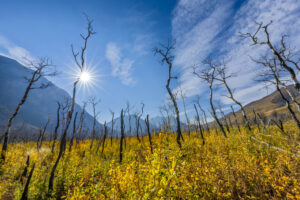
Going on the defensive
As communities continue to grow in and around existing industrial areas as part of efforts to intensify, companies such as WSP have developed what’s known as their Future Ready program, part of which includes not only addressing existing air quality issues but anticipating future challenges.
Principal Engineer Linda Lattner, the technical lead for WSP’s air quality practice in Ontario notes that “most of the work our team does is related to ambient air quality. But when we start talking about facility air quality, we pull in colleagues from environmental health and safety. The team looks at potential effects of ambient air on nearby communities. Anything that might be affected by local industries or transportation sector. We also look at (air pollution coming from) roads and highways.”
From a Future Ready perspective, whether it’s anticipating the construction of a new plant, a new road or building a high-rise condo “you have to make sure to protect the local air quality,” before those projects get approved. This includes conducting land use studies “to see how compatible that location is in terms of air quality.”
If, for instance, a builder wants to construct a residential condo near a major transportation corridor, the work doesn’t immediately focus on addressing air pollution from nearby vehicular traffic, but rather whether there is enough of a setback due to the air quality challenges posed by that location in the first place.
Due to heightened concerns over air quality on multiple fronts, Biorem’s Webb says that from his front-line perspective “what I’m seeing is municipalities take the matter into their own hands. They are dissatisfied with the federal and provincial level regulations and enforcement and can’t wait for those regulations to change. So, I’ve seen cities like Hamilton and Metro Vancouver that go above and beyond the federal and provincial regulations to ensure a better quality of life for their citizens.”
As well these and other cities should; in light of such trends as the growing proportion of people being diagnosed with lung cancer who have never smoked as reported in the Guardian earlier this year, a story that points to air pollution as a leading contributor to this trend.
Apart from taking a proactive approach to addressing air pollution concerns at the local level before those sources negatively impact both public health and healthcare costs, the gorilla in the room which municipalities can no longer ignore comes down to what if anything they can do to reduce the incidence of wildfires. A seemingly impossible challenge.
Unlike tackling air quality issues emanating from a local manufacturer, addressing pollution associated with major wildfire events in the short term is well beyond the control of municipalities. But there remain potential long term ways to at least reduce the frequency of wildfires, politicians at all levels of government have known about for some time but have struggled to implement: reducing the carbon emissions responsible for global warming.
Depending on whether you take a half empty or half full perspective, a 2023-24 study finds that by the end of the century, the likelihood of Canada’s 2023 monster season of wildfires recurring will be 6.3 to 10.8 times more likely if carbon emissions continue on their current pace. However, if the world finally wakes up and begins to curtail carbon emissions, the likelihood of those fires – while still more frequent than what we now see – will be greatly reduced.
The Federation of Canadian Municipalities places the challenge that lies ahead into proper perspective, with the observation that: “Climate change is the single biggest challenge of our time. With municipalities influencing roughly half of Canada’s greenhouse gas emissions, it’s essential to scale up local solutions to transition to a resilient low-carbon future by 2050.”
We have a clear choice moving forward, whether we see what’s in the air or not. If we value the long-term livelihood of Canadians, now is the time to take the task of mitigating air pollution more seriously.

Mark Douglas Wessel is an urban journalist and communications consultant. He writes a regular column called Green Living for Postmedia.
To read the original version of this article, which includes multimedia features, click here.
Featured image: A Canadian flag blows in the high wind as the McDougall Creek wildfire burned in August 18, 2023 above the City of West Kelowna, B.C. Credit: Getty Images

